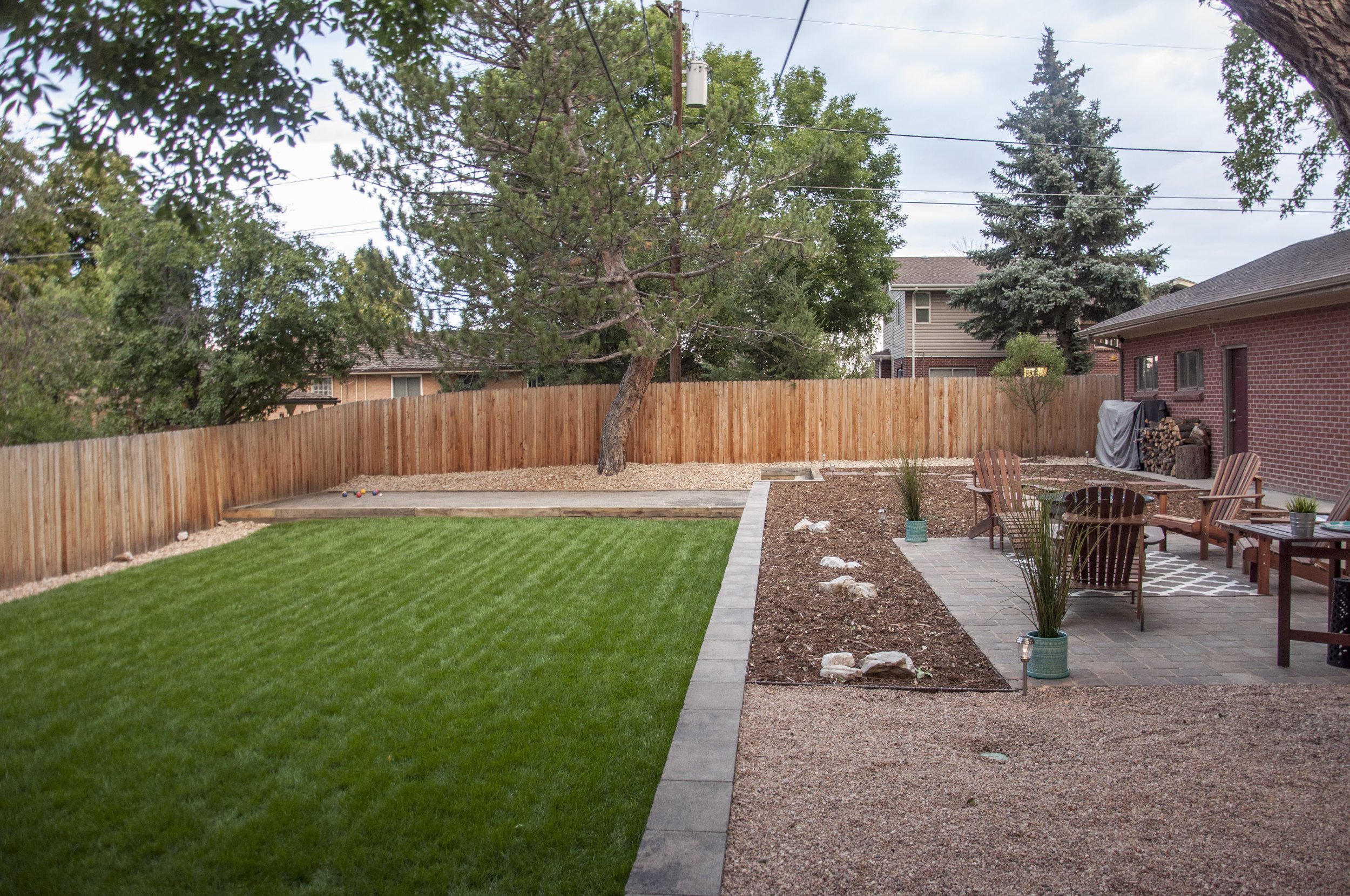Deep Diving into Edging Materials For Clean Lines
In landscaping, small details often create the most significant impact. Edging defines boundaries, keeps lawns and beds tidy, and ensures a cohesive design that flows naturally. Without clear edging, gardens can appear unruly and unfinished, with mulch spilling into lawns or gravel scattering into planting beds.
Choosing the right edging materials is essential for durability and aesthetics. From natural stone to modern composites, each option offers unique advantages for shaping clean, professional lines. This guide takes a closer look at edging choices, their applications, and how to determine which solution is best for your outdoor project.
Why Edging Matters in Landscaping
Edging is more than a decorative feature. It plays a functional role in keeping soil, mulch, and gravel in place while supporting the overall design. When integrated into landscaping, edging provides:
Defined boundaries: Separate planting beds from lawns for a crisp, intentional look.
Erosion control: Keeps mulch and soil from washing into walkways or patios during rain.
Weed management: Helps limit grass and weeds from spreading into garden beds.
Visual flow: Creates structure and balance, complementing seasonal plant designs..
With the right edging materials, a yard can feel both functional and refined, enhancing curb appeal while reducing maintenance.
Popular Edging Materials to Consider
Selecting edging materials depends on budget, style, and the specific needs of your outdoor space. Each option offers distinct benefits and drawbacks.
Natural stone: Provides timeless beauty and durability. It blends seamlessly into landscapes but may be heavier and more costly.
Brick: Offers classic charm and uniformity. Easy to maintain, though installation can be labor-intensive.
Metal: Steel or aluminum edging creates sleek, modern lines. It resists shifting but may require protective coatings against rust.
Plastic or composite: Affordable and flexible for curves. While budget-friendly, it may not last as long as stone or metal.
Concrete: Versatile and durable. It can be cast into various shapes and finishes, but often requires professional installation.
Evaluating these edging materials side by side helps homeowners determine which solution best fits their landscaping goals.
Comparing Durability and Maintenance
Durability is a major factor in selecting edging materials. Some require frequent upkeep, while others provide years of low-maintenance performance.
Stone and concrete: Long-lasting and resistant to weather, making them excellent for high-traffic areas.
Brick: Durable but may shift without proper installation, requiring occasional resetting.
Metal: Strong and reliable, though periodic checks for corrosion are necessary.
Plastic/composite: Easy to install and inexpensive, but prone to cracking in extreme temperatures.
Maintenance should also be weighed against the property’s layout. For example, yards with drainage issues may need edging that complements solutions like smart drainage systems to prevent water from undermining installations.
Style and Design Considerations
Beyond practicality, edging materials significantly influence the overall design of outdoor spaces. Homeowners should align material choices with architectural style, garden themes, and intended use.
Traditional homes: Brick or stone pairs well with classic garden beds.
Modern designs: Metal and concrete create clean, minimalist lines.
Rustic landscapes: Natural stone provides organic, earthy tones.
Budget-friendly updates: Composite edging balances cost and aesthetics for everyday projects.
By matching materials to style, edging enhances both form and function, making the landscape more cohesive.
FAQs About Edging Materials
Q: What edging material lasts the longest?
Stone and concrete are among the most durable, often lasting decades with minimal upkeep.
Q: Can edging help with drainage issues?
Yes, when paired with proper grading and drainage systems, edging can direct water flow and reduce soil erosion.
Q: Is plastic edging worth using?
Plastic is cost-effective and flexible for curved designs, but it is less durable than stone, metal, or concrete.
Q: Do edging materials prevent weeds completely?
Edging limits weed spread but does not fully eliminate them. Combining edging with proper ground covers enhances weed control.
Q: Should edging match other hardscape features?
For the most cohesive look, coordinate edging with patios, walkways, or retaining walls.
Building Lasting Curb Appeal with the Right Edging
Edging might seem like a minor detail, but it plays a vital role in shaping the overall impression of a property. Clean lines created by well-chosen edging materials give the landscape a polished and intentional look, distinguishing professional installations from quick weekend projects. A yard with crisp boundaries between lawn, pathways, and planting beds communicates order, care, and long-term investment.
The curb appeal created through edging also extends beyond appearance. Strong edging reduces the amount of time homeowners spend tidying scattered mulch, trimming grass creep, or correcting shifting soil. By preventing these issues, the yard consistently looks well-kept, even weeks after maintenance. This “always fresh” look increases property value and makes the outdoor environment more inviting for family and guests.
In the long run, investing in quality edging materials pays dividends. Not only does it ensure durability against weather and wear, but it also provides a lasting frame for seasonal updates, whether that means vibrant annual flowers, structured shrubs, or decorative ground covers. In short, edging is the backbone of landscaping that allows all other elements to shine.
Shape Your Landscape with Professional Precision
A polished yard begins with thoughtful choices and expert execution. To ensure your landscape gets the right materials and installation, connect with our team atHighlands Landscaping. Our experience and expertise can help transform outdoor spaces with edging that balances beauty and function.

